Digital Multimeter DT-830B
In stock
6,000 د.ع
In stock
CompareDigital Multimeter DT-830B (Black Color) with testing probes
The DT830B digital multimeter is a compact, light tool – a bargain if you need something cheap and reliable. The heart of the instrument is the ICL7106 IC coupled with a large 3 1/2 digit, 7 segment, 0.5″ high LCD display with a maximum reading of 1999.
The DT-830B can measure DCV (0,1mV – 1000V), ACV (0,1V – 750V), DCA (0,1mA – 10A), Ohm (0,1Ω – 2MΩ) diode forward voltage drop and hFE for bipolar PNP and NPN transistors.
The 830 series pocket-size multimeters come in many colors (black and yellow are the most common) and many variants: DT830B, M830B, DT830A (no transistor check, 50Hz signal generator), DT830C (temp. probe), DT830D (audible continuity), DT830BL(backlight) etc.
Operating Instructions
AC voltage measurement
– Connect the red lead to “VΩmA” jack and the black test lead to the “COM” jack.
– Set the rotary switch at the desired V~ position.
– Connect the test leads across the source or load being you want to measure and read the voltage value on the LCD display.
DC voltage measurement
– Connect the red test lead to the “VΩmA” jack and the black test lead to the “COM” jack.
– Set the rotary switch at the desired position. If the voltage to be measured is not known, set the range switch at the highest range position and then reduce it until a satisfactory resolution is obtained.
– Connect the test leads across the source or load being measured. Read the voltage value and polarity on the LCD display.
DC current measurement
– Connect the red test lead to the “VΩmA” jack and the black lead to the “COM” jack. For measuring currents between 200mA and 10A, insert the red lead into the “10A” (unfused) jack.
– Set the rotary switch at desired position.
– Open the circuit in which the current is to be measured, and connect test leads in series with the circuit.
– Read the current value on the LCD display along with the polarity of red lead connection.
Resistance measurement
– Connect the red test lead to “VΩmA” jack and the black lead to “COM” jack. The polarity of red lead is positive “+” in this mode.
– Set the rotary switch at desired range position.
– Connect the test leads across the resistance to be measured and read the LCD display.
Note: If the resistor being measured is connected to a circuit, turn off power and discharge all capacitors before applying measurements!
Transistor test
Before attempting to insert transistors into the socket for testing, always be sure that test leads have been disconnected from any measurement circuits. Also, components should not be connected to the hFE socket when making voltage measurements with the test leads!
– Set the rotary switch to the “hFE” position.
– Determine whether the transistor under testing is NPN or PNP type and locate the emitter, base and collector leads.
– Insert the leads into the proper holes of the hFE socket on the front panel.
The multimeter will show the approximate hFE value at the condition of base current 10µA and a Vce of 3V.
Diode test
– Connect the red test lead to “VΩmA” jack and the black lead to the “COM” jack. The polarity of red lead is positive “+”.
– Set the rotary switch at the diode test position.
– Connect the red lead to the anode of the diode to be tested and the black lead to the cathode of the diode.
– The forward voltage drop of the diode will be displayed in mV. If the connection is reversed, only figure “1” should be displayed for a good diode.
Battery and fuse replacement
If the sign “BAT” appears on the LCD display, it indicates that the battery is old and should be replaced. Loosen the screws on the back cover and open the case. Replace the exhausted battery with a new one of the same type(9V 6F22 or NEDA 1604). The fuse needs replacement, open the case and replace the it with the same ratings (F250mA/250V).
Before attempting to open the case, always be sure that test leads have been disconnected from measurement circuits. Close the case and tighten the screws completely before using the meter to avoid electrical shock hazard!
The DT830B has a wide operating temperature: -20°C to 75° (32°F to 104°F) and a storage temperature of: -10°C to 50°C (10°F to 122°F). The accuracy is guaranteed to stay in the following limits for 1 year, when used at 23°C ± 5°C, less than 75% relative humidity:
AC voltage
Frequency range: 45Hz to 450Hz.
Response: Average responding, calibrated in RMS of a sine wave.
| Range | Resolution | Accuracy |
| 200V | 100mV | ±1.2 % of rdg ± 10 digits |
| 750V | 1V | ±1.2 % of rdg ± 10 digits |
Note: some models have a maximum input voltage of only 600V AC with an overload protection of 600V DC or RMS AC for all ACV ranges.
DC voltage
| Range | Resolution | Accuracy |
| 200mV | 0.1mV | ±0.5% of rdg ± 2 digits |
| 2000mV | 1mV | ±0.5% of rdg ± 2 digits |
| 20V | 10mV | ±0.5% of rdg ± 2 digits |
| 200V | 100mV | ±0.5% of rdg ± 2 digits |
| 1000V | 1V | ±0.8% of rdg ± 2 digits |
Input impedance: 1MΩ
Maximum input voltage: 1000V DC or 750V rms (200mV scale: 500V DC or 350V AC rms) Note: some models will have a maximum DC input voltage of only 600V with an overload protection of 250V RMS AC for the 200mV range and 600V DC or RMS AC for other ranges.
DC current
Overload protection: F250mA 250V fuse (10A range is unfused!).
| Range | Resolution | Accuracy |
| 200µA | 0.1µA | ±1.0% of rdg ± 2 digits |
| 2000µA | 1µA | ±1.0% of rdg ± 2 digits |
| 20mA | 0.01mA | ±1.0% of rdg ± 2 digits |
| 200mA | 0.1mA | ±1.5% of rdg ± 2 digits |
| 10A | 10mA | ±3.0% of rdg ± 2 digits |
Resistance
Maximum open circuit voltage: 3.2V
Overload protection: 250V rms. AC on all ranges.
| Range | Resolution | Accuracy |
| 200Ω | 0.1Ω | ±0.8% of rdg ± 3 digits |
| 2000Ω | 1Ω | ±0.8% of rdg ± 2 digits |
| 20kΩ | 10Ω | ±0.8% of rdg ± 2 digits |
| 200kΩ | 100Ω | ±0.8% of rdg ± 2 digits |
| 2000kΩ | 1kΩ | ±1.0% of rdg ± 2 digits |
Other Specification
Diode approx. Testing voltage is 2.8V with a current of 1mA. The overload protection in the diode test mode is 250V RMS. AC.
Over range indication: figure “1” on the display.
Size: 126×70×25mm
Weight: 170g.
Note: the technical specifications presented above may not apply for your model as manufacturers can make small changes and improvements to their products at any time. Check your user manual for exact values.
Based on 0 reviews
Only logged in customers who have purchased this product may leave a review.


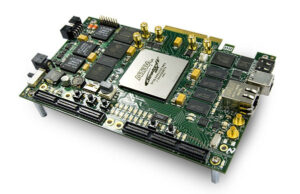



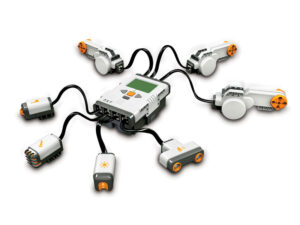
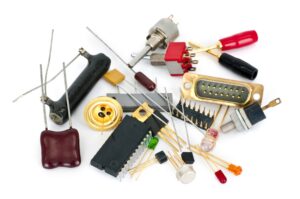


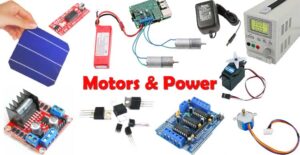


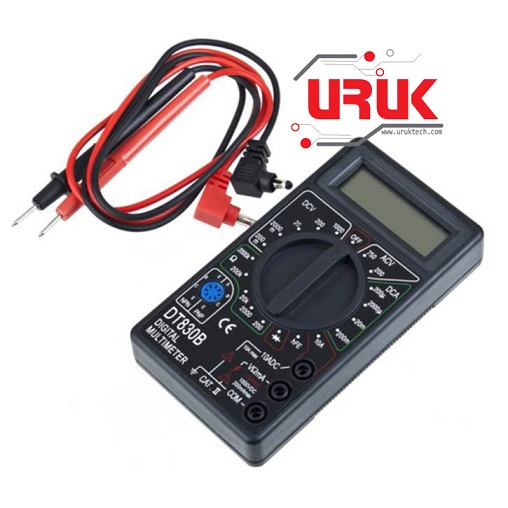
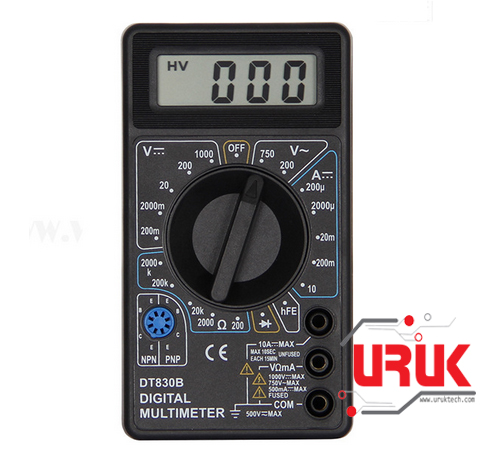
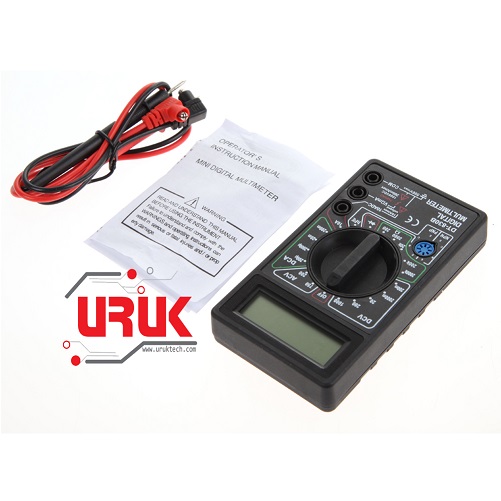
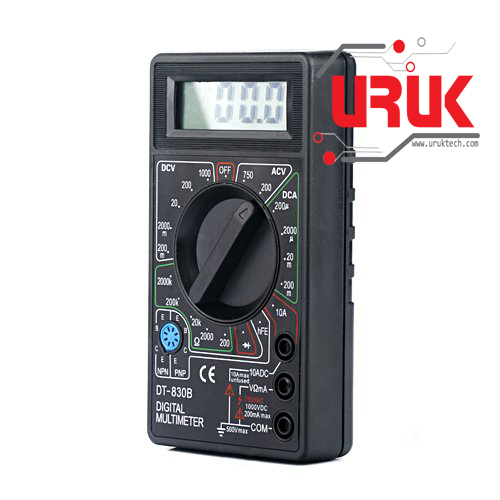
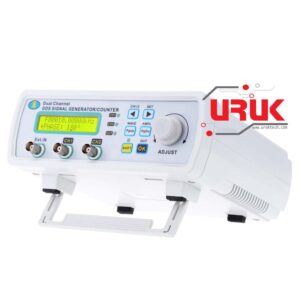
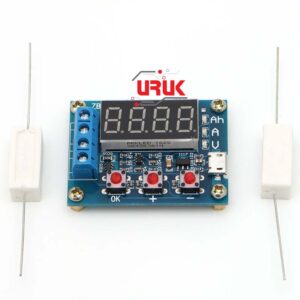
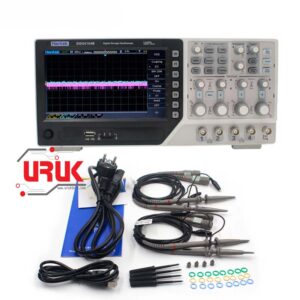
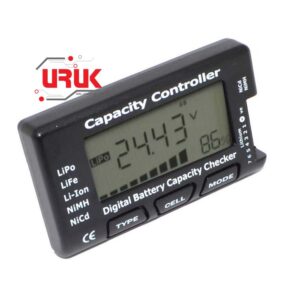







There are no reviews yet.